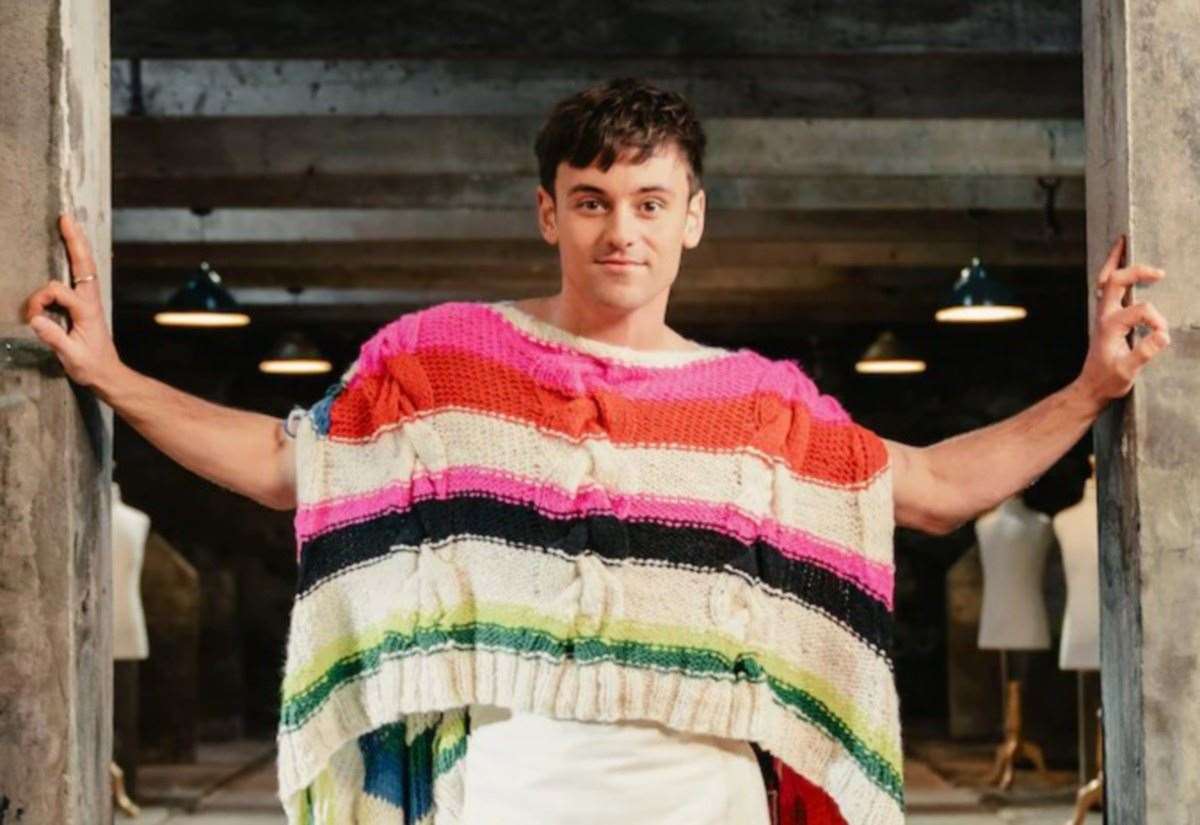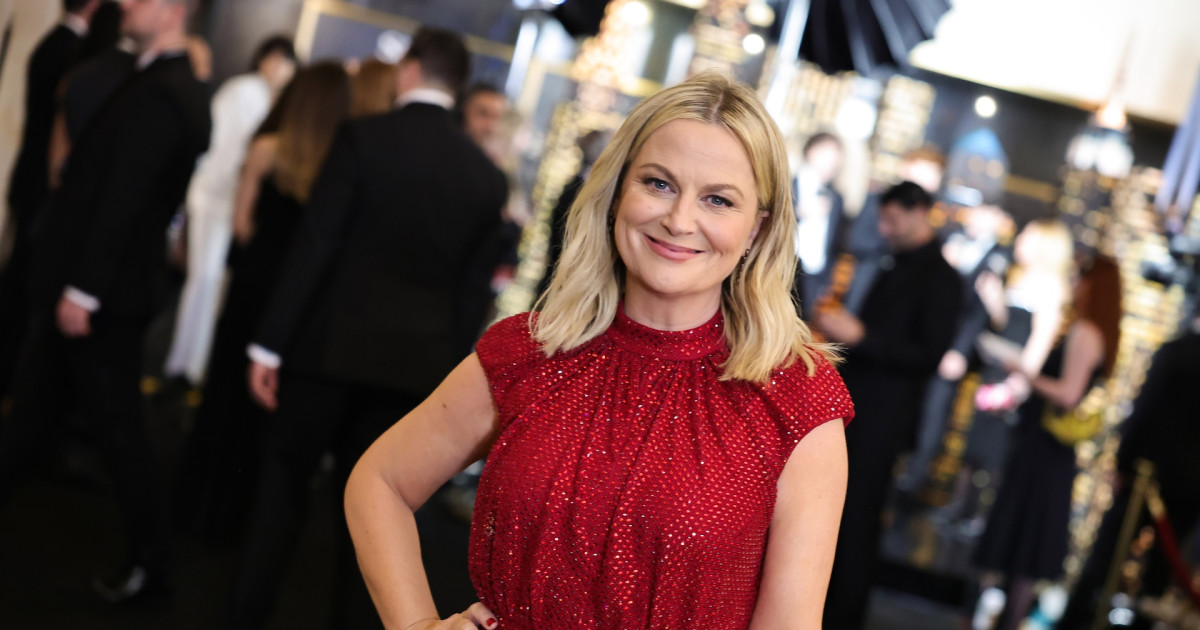Copyright shetlandtimes

Dear Channel 4, I'm writing to you from Shetland (not "The Shetlands", but more on that later) where my makkin pals and I were all so excited to see the first episode of Game of Wool. What an exciting prospect it was to have knitting elevated to primetime Sunday-night viewing! The group chat was popping off. But oh, how we were disappointed. Not because we didn't like the knitting (that was the least of our worries), but because of the blatant disregard for a longstanding tradition that has been part of the culture of these islands for so long. First - those tank tops were not Fair Isle. Fair Isle is worked two strands at a time, two colours per row, with short floats, symmetrical motifs and a careful blending of colours to create gradients. It is done with Shetland Wool, from native Shetland sheep - a fibre so brilliant that it gave rise to this long tradition. The natural variation in colour of the fleece lends itself brilliantly to colourwork, and its natural crimp means the fibres cling and felt together, creating a patterned fabric every bit as dense and strong and something made in one yarn. The Fair Isle tradition came about because of these sheep, and this yarn. So what did your contestants use? Well, we don't know, because you never told us. The super-chunky yarn your knitters were made to use was problematic. Of course chunky yarn knits up quicker and you had them working to a strict time limit, but why not set a brief for something smaller and more authentic? Those loosely spun fibres are destined to pill like mad, and with wear the tank tops would soon degrade to a shapeless nothing. Traditional Fair Isle is made with Shetland two-ply, a much finer grade of yarn, which holds its shape year after year and makes heirloom garments that can be passed down through generations. And Shetland two-ply is also fine and strong enough to support a steek (another feature of traditional Fair Isle) whereas a chunky yarn in any other fibre will need to be reinforced with sewing or crochet. This only added to poor Gordon's problems - according to a video that he's since posted on Instagram, he was struggling not because of his decision to steek (which is, in fact, a time-saving measure in Fair Isle) but because he was forced to modify the super-chunky needles supplied into something resembling a traditional DPN, then made a mistake with his colourwork and had to pull back a number of rows. But the final edit didn't show us that. Instead you just unhelpfully reinforced the myth that steeking is risky, and put novice knitters off. So no, those tank tops were not Fair Isle. To call them Fair Isle is like taking a cheesy pasta pot from Tesco and calling it Italian. They were stranded colourwork (the umbrella term) - which is fine. So please call them that. To call them Fair Isle is to ignore this wealth of tradition. It seems a bit disrespectful of a knitting culture that Shetlanders have tried so hard to preserve, and for so long. I am not a native Shetlander, but have found the locals all too willing to share their wealth of knowledge and experience with the novice knitter. They are SO generous. There are literally dozens of knitting groups, there is a dedicated museum, there is the Guild and there are volunteers running "Peerie Makkers" - a charity dedicated to teaching traditional Shetland knitting to children in schools, in an effort to preserve the craft. Heck, we even have Shetland Wool Week! Craftspeople here are passionate not just about preserving the tradition, but also sharing it. It is an outward-looking community that takes pride in its heritage, and is all too happy to show outsiders the "Shetland Ways". I know this, because I've been on the receiving end of their unending kindness and expertise. So at first, I was furious that your team failed to reach out to the community here to get a more accurate representation of the craft. But since the episode has prompted so much discussion locally, I now know that your researchers DID in fact reach out to a local well-known knitter, who directed them to the specialist team at the Shetland Museum. The knitters of Fair Isle even recorded videos at your request to be used in the episode! But you chose to ignore their expertise and cut the videos in an effort to fit the show format. So you took people's time and kindness and chose to misrepresent them anyway. That's just rude. And while we're here: please don't use "peerie" as a noun. It's an adjective meaning small. If that sounds pedantic, consider this - Shetlean was only given official language status LAST MONTH. Spend some time here and you'll quickly realise that Shetlean is completely distinct from English and totally unique to these islands. It's a language descended from Norn, the language of ancient Norsemen from which modern Danish and Norwegian also derive. Advocate organisation "I Hear Dee" would be able to tell you more about it. Native speakers have been battling for language status, and to pillage and appropriate its words in an attempt to lend some heritage appeal feels misjudged. Nobody ever talks about "peeries" - "peerie patterns" maybe, but just "peeries"71 Absolutely not. Same for "a Fair Isle", or even "a Fair Isle, but as a tank top". Fair Isle is a place, or an adjective to describe a style of knitting. You can make Fair Isle ganseys, hats, gloves, socks, jerkins - whatever! Saying "a Fair Isle" does not make sense to us. And, please please PLEASE don't call Shetland "the Shetlands". It's just plain Shetland, or sometimes "The Shetland Islands" - but nobody ever calls this place "the Shetlands". It's not technically wrong, it's just not the done thing. Imagine referring to London as "the London Boroughs" and you'll see what I mean. It's just weird. Sorry to be so negative. I so wanted to enjoy it. We were all so excited. As a sewing teacher I generally delight in anything that brings crafts to the mainstream, and inspires wider participation in something that is good for the planet and the soul. Your cast of knitters seems genuinely lovely - diverse, enthusiastic and, judging by their wardrobes, talented - but you've seriously let Shetland down on this occasion. You've dumbed down something so precious and beloved to such an extent as to make it unappealing, and you've misrepresented an entire culture that it should be your mission to support. Sheila Greenwell even said to the knitters at the start of the show "Don't let the people of Fair Isle down". Oh, the irony! We are not adverse to fun, or innovation, or mixing Shetland traditions with traditions from further afield. In fact, crafters here absolutely delight in new designs and influences. But what we really object to is misrepresentation and appropriation. So what can you do now? I think some acknowledgement and an apology might be in order. Maybe listen to your researchers before the next series, and reconsider the aims of the show. Maybe have guest judges for each challenge, who are experts in their fields? Maybe even consider commissioning a documentary about real Fair Isle knitting? I'd watch it. And, since this is an open letter that I hope will be read by other Shetland knitters. something for us to think about: is there an argument for protecting Fair Isle with some sort of official status? Look at Champagne and Harris Tweed. Heck, even Melton Mowbray Pork Pies! Chanel have already tried (unsuccessfully) to copyright the term, and we see plenty of brands trying to cash in on tradition without using a shred of Shetland Wool. We finally have recognition of the language - maybe this is next? I will watch next week's episode with interest. I really hope it gets better. Helen Barwick Shetland Stitch Club Do you want to respond to this article? If so, click here to submit your thoughts and they may be published in print.



